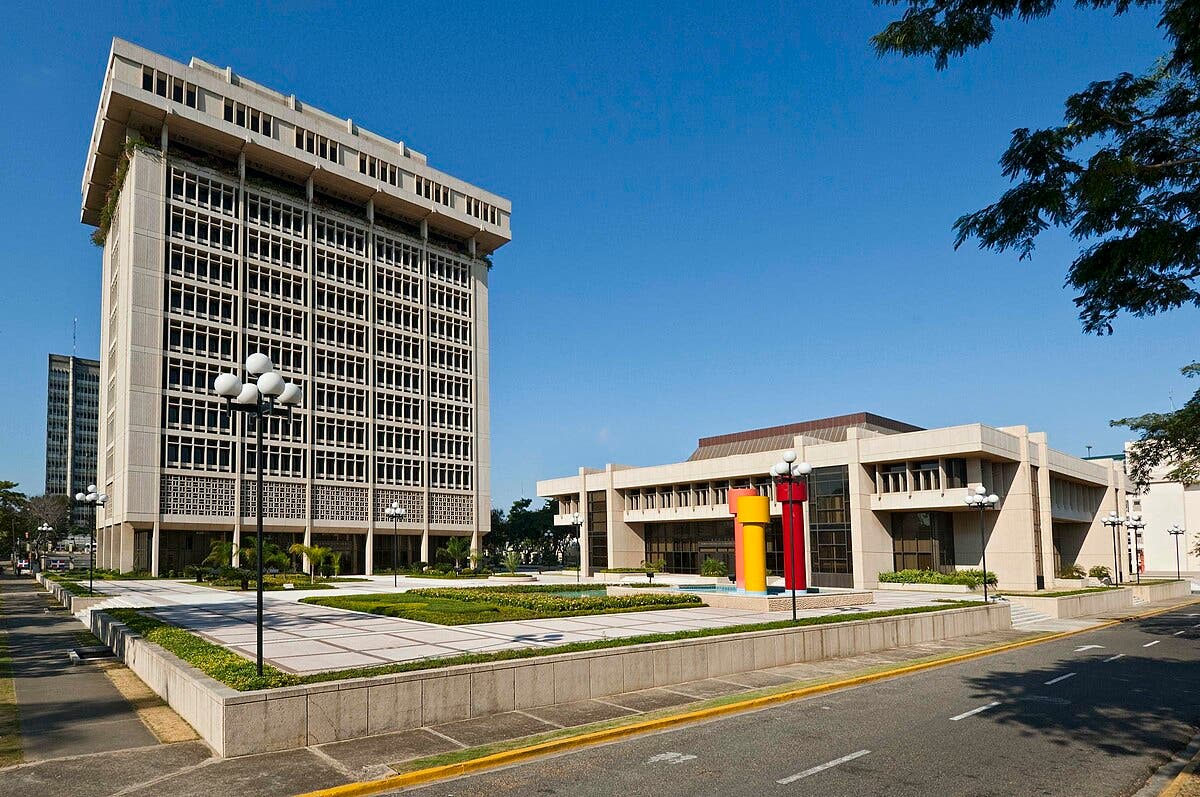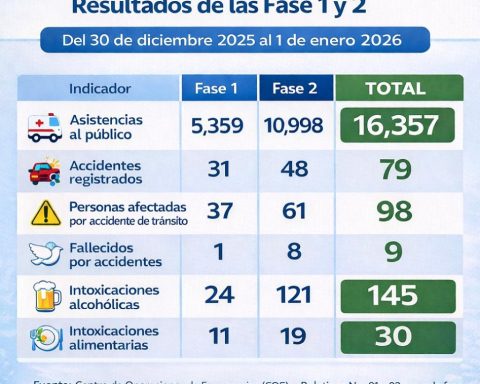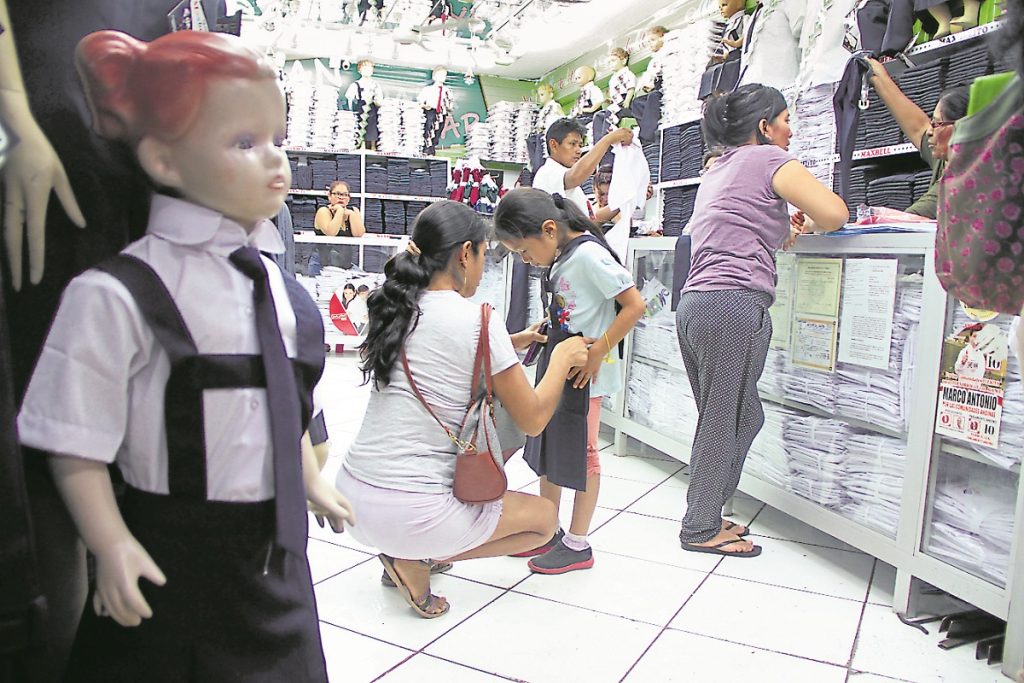The Central Bank of the Dominican Republic (BCRD) reported this Tuesday that the consumer price index (CPI) presented an interannual variation of 3.35% in December 2024, lower than the rate of 3.57% observed in December 2023, being the lower annual inflation in the last six years.
Regarding interannual underlying inflation, it highlighted in its most recent report that it reached a level of 4.01% by December 2024, remaining around the center of the objective established by the Central Bank.
This indicator allows us to extract clearer signals for the conduct of monetary policy, because it excludes some items that normally do not respond to the liquidity conditions in the economy, such as foods with great variability in their prices, fuels and services with regulated prices such as electricity rates, transportation, as well as alcoholic beverages and tobacco.
The BCRD highlights that the interannual inflation of 3.35% registered in December 2024 is one of the lowest in Latin America, after the dollarized economies of the region (Panama, Ecuador and El Salvador), as well as Peru and Costa Rica. It should be noted that in the case of this last country there is a year-on-year appreciation of its currency with respect to the US dollar which, although it has led to lower inflationary pressures, operates in the direction of reducing the competitiveness of its exports (%
Variation by group
The BCRD report explains that, in the comparative analysis of the month of December with November 2024, a monthly variation of 0.70% is observed, largely explained by the behavior of the Food and Non-Alcoholic Beverages group, which experienced a variation of 1.53%. , due to the increase in the prices of products such as green bananas, chicken, chili peppers, onions, coffee, green bananas, eggs, potatoes, rice, among others.
In relation to the price index of the Miscellaneous Goods and Services group, second in contribution to inflation for the month, the BCRD indicates that it presented a variation rate of 1.14%, due to price increases in services and care items. staff. To a lesser extent, increases in the prices of services related to holding events had an impact.
While the Transportation group registered an inflation of 0.29%, mainly attributed to the increase in the prices of automobiles and vehicle repair services. It is important to highlight that the subsidy for domestic fuels provided by the Executive Branch has mitigated the impact of this group on the variation of the general CPI.
Regarding the CPI of the Restaurants and Hotels category, it showed a variation of 0.53% caused by the increase in the prices of food prepared outside the home. On the other hand, the Housing group showed an inflation rate of 0.16% as a result of increases in housing rental prices, while the Health group reported an inflation of 0.33% due to the verified increases in medication prices. antihypertensives.
Inflation of tradable and non-tradable goods
The BCRD establishes that the CPI for tradable goods experienced a variation of 0.70% in December 2024, due to the increase in some food goods. In addition, the increases recorded in the prices of vehicles, packaged beer and tourist packages, among others, contributed. Likewise, the monthly variation of the non-tradable goods and services index stood at 0.70%.
Inflation by geographic areas
Regarding inflation by geographical regions in the month of December compared to November 2024, it shows that the price index of the Ozama region, which includes the National District and the Santo Domingo province, grew by 0.74%, the North region by 0.68%. , East at 0.65% and South at 0.66%. The most pronounced inflation rate observed in the Ozama region is due to the greater incidence of the Miscellaneous Goods and Services, Transportation and Recreation and Culture groups.
Inflation by quintiles
The monetary entity indicates that the results of the price indices by socioeconomic strata reflected inflation rates of 1.03% in quintile 1, 0.91% in quintile 2 and 0.78% in quintile 3. The highest-income quintiles, quintiles 4 and 5, these presented variations of 0.78% and 0.54%, respectively. The highest rates recorded in quintiles 1, 2 and 3 derive from the greater contribution of the Food and Non-Alcoholic Beverages and Miscellaneous Goods and Services groups. It should be noted that the rates verified in quintiles 4 and 5 are due to price increases in vehicles, with the variations observed in the Food and Non-Alcoholic Beverages and Goods and Services groups having a lesser impact.
You may be interested in reading: Should banks continue lowering rates?
















